One of the “most important” shipwreck treasures ever discovered Preserved under a
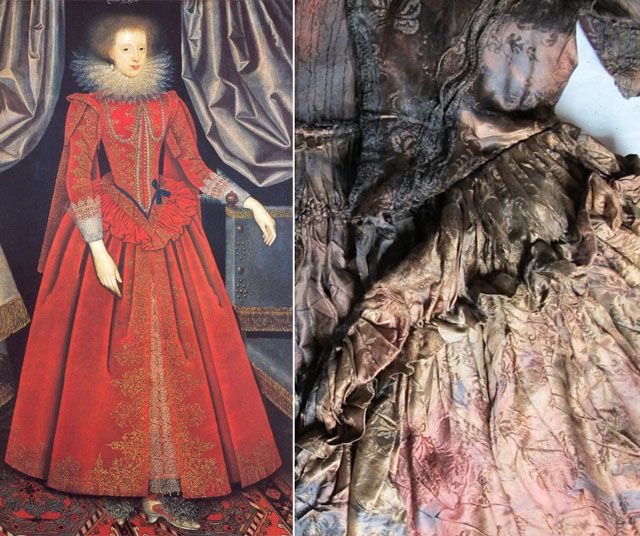
Nieuwe pagina detail japon
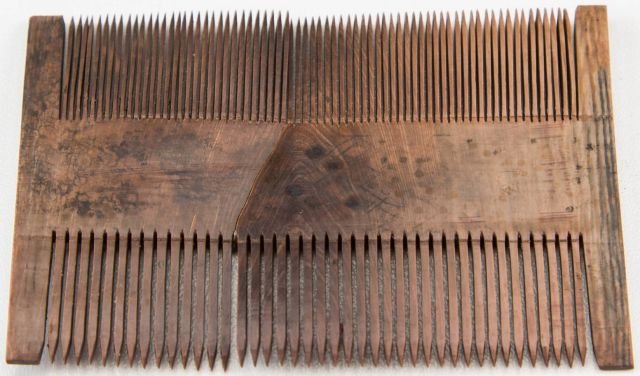
Horn lice comb
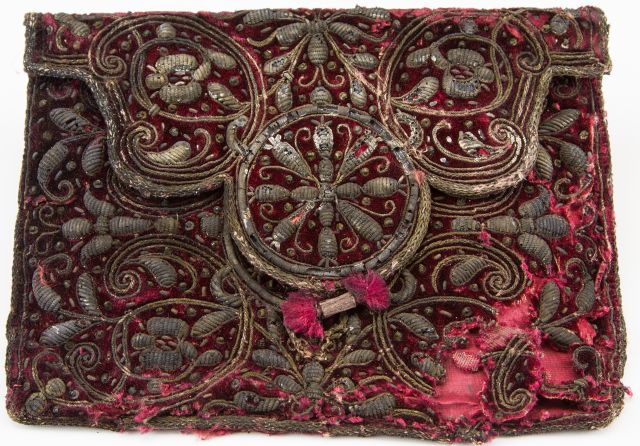
Red velvet pouch embroidered with silver thread
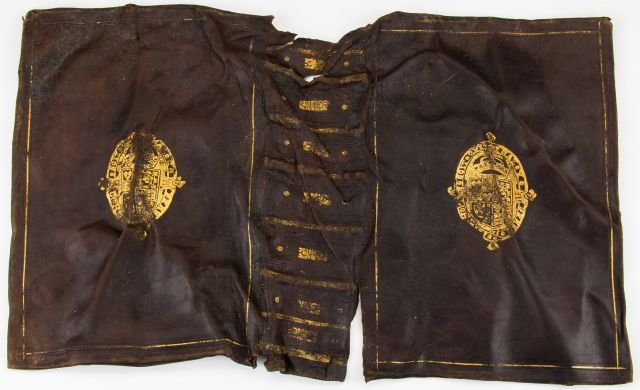
Book cover with stuart arms
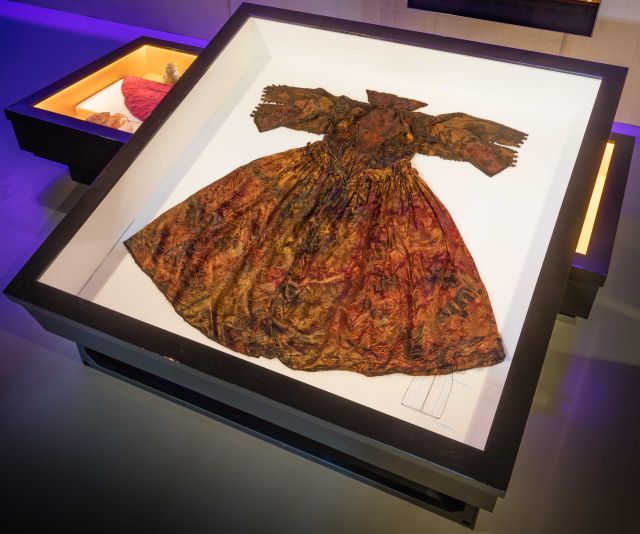
Wedden sea shipwreck silk gown
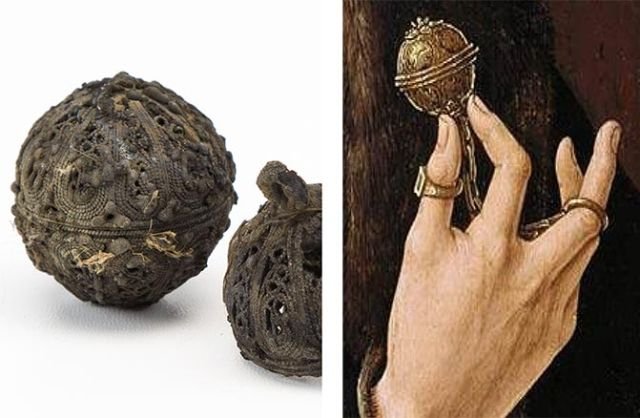
Nieuwe pagina pomander
Kaap Skil Museum
A red velvet purse, embroidered.
Preserved beneath a layer of sand since the 17th century, the dress was probably for everyday wear and was of a style frequently seen in paintings from the late Renaissance. Made of rich silk damask, it likely belonged to a woman of the upper classes. Despite its fanciness, experts believe it was for everyday wear because it wasn't beaded or embroidered with golden or silver threads. The woman's books were stamped with the emblem of King Charles I, of the Stuart royal family from England, which suggests she may even have been royalty. It's exceedingly rare to find such a well-preserved collection of textiles and makes this find one of the most important of its kind in Europe.
The find is also a boon for historians who want to understand what everyday life was like during this era. What we see in paintings is not always an accurate record of people's lives. Finding this cache of typical (albeit expensive) clothing verifies that privileged women of the era really did dress in the ways we might expect and carry tiny metal balls of scented, dried flowers to mask body odors that would have been common in a culture where people didn't bathe very often—and never got any medical remedies for all the funguses and bacterial infections that flourish on human bodies.
Divers frequently look for buried shipwrecks in the region where the dress was discovered. Texel Island was once an important waypoint for trade ships near Northern Holland, due to its location between the North Sea and the Wadden Sea. Over at the History Blog, Livius explains:
Ships anchored in the Texel roadstead, a sheltered area in the lee of the island, waiting for propitious winds, waiting out bad weather or taking on crew and cargo, only to be wrecked in sudden unexpected storms. Many wrecks are protected by the sand, but as currents shift they can be exposed to the more damaging elements of sea.
We know very little about the woman who owned the items discovered, but her personal stash of dainties is now part of the historical record. Hopefully she was able to replace the books and lived to wear many other fancy dresses in her time.